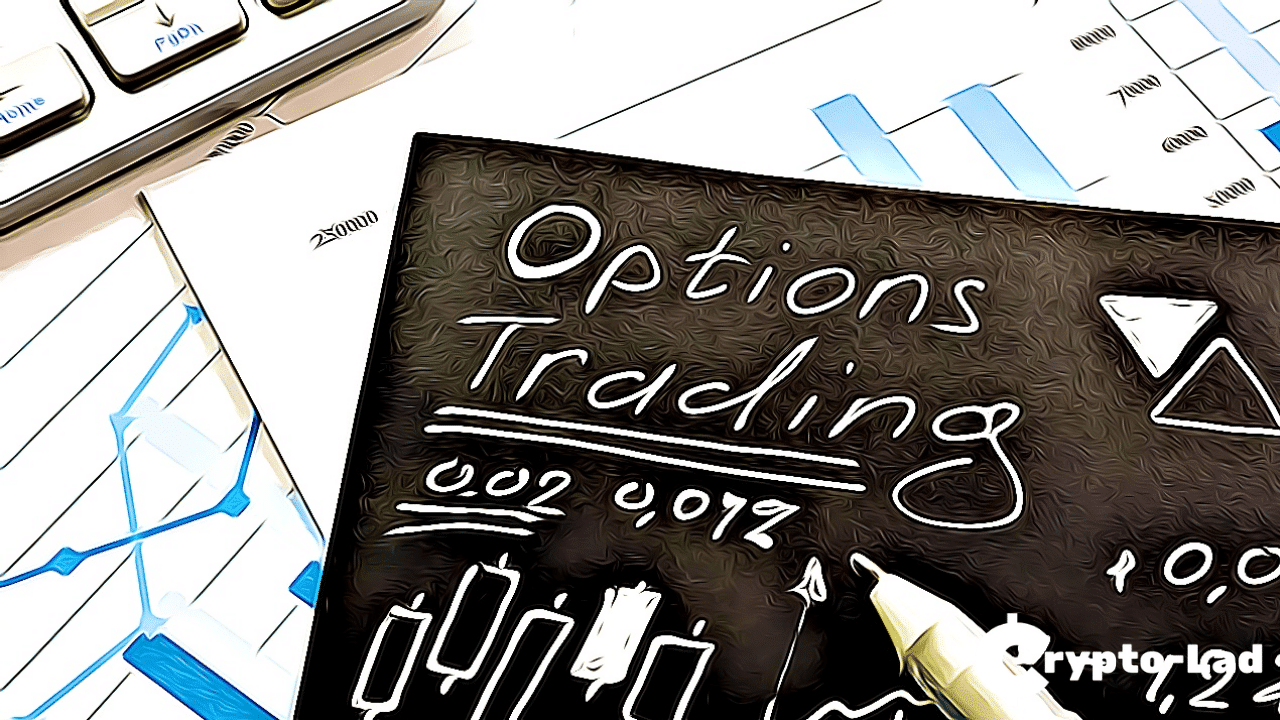Options Trading Explained

Introduction
There are many forms of trading. A lot of people trade assets, many people trade margins. But there is another concept of trading called options trading. This is a bit different from regular trading and has its own set of rules and regulations.
Many people are interested in knowing more about options trading. This is a rather uncommon form of business that interests traders and businessmen all over the world.
If you are part of the percentage that wants to know more about options trading, you are in the right place. In this article, we explain what options trading is, how it is done, and what other terms are associated with options trading.
If you are interested in learning more about options trading, continue reading this article. So without further ado, let’s get right into it!
What is Options Trading?

Options are a type of conditional derivative contract that enables buyers of such contracts, called option holders, to purchase or sell a security at any chosen price.
Option buyers are charged an amount that is called a "premium" by option sellers for this right. If the market prices are not favourable for the option holders, they will deem the option as worthless, and ensure the losses are not higher than that of the premium amount. However, option sellers, otherwise known as option writers, pose a greater risk than the option buyers, hence they can ask for such a premium.
Options are divided into two categories which are named "call options" and "put options". Using a call option, the contract buyer can purchase the right to buy the underlying asset in the future at a decided price, which is called "exercise price" or "strike price".
On the other hand, with a put option, the buyer gains the rights to sell those underlying assets in the same scenario.
Why is it Better to Trade Options Than Direct Assets?
Many might think trading assets directly is a better idea. But trading options can be a better “option” (pun intended) in the long run.
Options trading has its own fair share of advantages that make it a formidable choice over asset trading. The Chicago Board of Options Exchange (CBOE) is the largest options exchange in the world that offers options for a wide range of ETFs, single stocks, and indexes.
Traders are able to curate option strategies as simple as purchasing or selling a single option to more complex strategies where multiple simultaneous option positions are involved.
Let's look at some of the simple strategies that beginners use in options trading.
Buying Calls or Long Calls

This is how long calls work. Options are leveraged tools, that is, they let traders boost the profit by risking lower amounts that would otherwise be needed when trading the underlying asset itself. A typical option contract for a stock usually controls 100 shares of the underlying security of that stock.
For instance, if a trader plans to invest five thousand dollars in Apple, trading about $165 per share, they can purchase up to 30 shares for $4,950. Let’s say the price of that stock goes up by 10% to $181.50 in one month. Not taking any brokerage commission or transaction fees into account, the trader’s portfolio will go up to $5,445, ensuring a net return of $495. In other words, 10% on the capital that was invested.
Buying Put or Long Put
A put option works exactly in the opposite way a call option does. The put option gains value as the price of the underlying decreases, in contrast to the call option.
While short-selling allows a trader to gain profit from the downfall of prices, the risk associated with a short position is higher than you would think. This is because theoretically, there is no limit on how high the price of an option can rise.
The option will simply expire worthlessly if the price of the underlying asset rises past the option's strike price, with a put option.
Covered Call
A covered call strategy revolves around buying a hundred shares of the underlying asset and then selling a call option against those shares. Sounds like a mega-mind move doesn’t it? It is!
When a trader sells a call, they receive the option's premium, which ends up lowering the cost basis on his shares and ensuring some protection from downsides. As a result, when the option is sold, the trader agrees to sell the shares of the underlying asset at the strike price of the option, which basically caps the trader's upside potential. This is why this call option is preferred by a lot of options traders.
Protective Put
A protective put is similar to a long put. However, the goal of this put is downside protection in contrast to attempting to profit from such a downside. If a trader is in ownership of shares, which they are bullish on for the long term, but wants to protect against a downside temporarily, they can buy a protective put.
If there is an increase in the price of the underlying asset and is higher than the strike price of the put at maturity, the option will expire worthlessly and the trader will lose the premium. However, they still have the benefit of the increased price of the underlying asset.
On the flipped side, if there is a decline in the underlying price, the trader’s portfolio position is prone to losing value, but this loss is pretty much covered by the profit from the put option position. This is why the position can be considered as an insurance strategy. Hence the name “protective put”.
Final Words
That sums up the basics of options trading. We hope our article on options trading was helpful and informative enough to pique your interest in this form of trading. Let us know if you would like to learn further about this type of trading. Have a nice day!